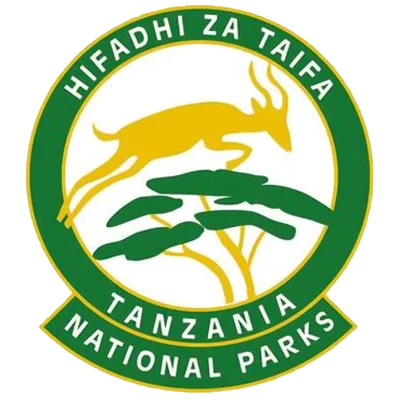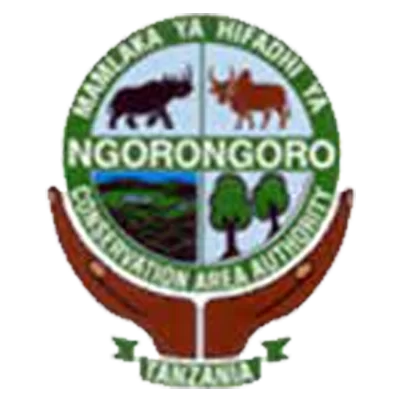SERENGETI NATIONAL PARK
- Home
- »
- Serengeti National Park
SERENGETI NATIONAL PARK
The Serengeti is one of the most iconic destinations in the world, so no wonder it’s one of Tanzania’s top attractions. The subject of many nature documentaries, the park is host to the dramatic Great Migration, where millions of wildebeest, zebras and gazelles must cross the Mara River.
Between June and October, travellers can witness this epic event: the clouds of dust, hooves pummelling the earth, the grunts and splashing of herds crossing the river — some inevitably falling prey to the waiting crocodiles. But that’s not all. On the vast Serengeti plains, you can spot cheetahs scanning from the top of a termite mound, lions beginning their prowl at dusk and herds of browsing elephants moving from tree to tree.
River crossings are seen in the northern Serengeti, but outside migration season, these plains are largely free of safari-goers making it a great time to travel. The wildebeest herds gather in the south from December to February to feed on the lush grass and drop their young. And in the east, you’ll find a high concentration of lions, leopards and cheetahs. Serengeti safaris usually start at Kilimanjaro International Airport, just outside Arusha, from where you’ll catch a light aircraft flight. Alternatively, drive to Ngorongoro Crater for your first safari and then take a three-hour drive to your next camp in the Serengeti.
The Serengeti is an excellent year-round destination, though there are events — for example, the wildebeest river crossings — that are only seen at certain times of the year.
Migration seasons
The Great Migration moves in a continuous cycle around the Serengeti and Kenya’s Masai Mara. The most popular time to see the herds is when they cross the Mara and Grumeti rivers from June to October, but another great time to visit is January to March, when the wildebeest are calving in the south.
The Serengeti from November to May
Although the focus of Serengeti travel usually centres around the migration river crossings, those in-the-know head to the north after peak season, when the herds and most of the tourists have left. At this time of year — between November and May — it can feel like you have the whole Serengeti to yourself. Find lion and leopard or the critically endangered black rhino in the bush around the Mara River. In the south and the Western Corridor, visitors might even come across packs of wild dogs on the hunt. For birders, December to March is when you’ll see the migratory species from Europe and North Africa in the Serengeti. It’s also a good time for photographers as the landscape is lush and the sky clearer.
Serengeti Wildlife
The Serengeti is home to a remarkable number of species, including over 70 big mammals and more than 500 bird species. The main event is the Great Migration, Africa’s second longest land migration, where around 1.5 million wildebeest, 500,000 Thomson’s gazelles and 250,000 zebras travel in an endless cycle around the Serengeti-Mara ecosystem, following the rains. But there’s much more besides the migration herds. You’ll find the Big 5 (lion — numbering around 3,500 — leopard, elephant, rhino and buffalo), as well as other predators such as cheetah, spotted hyena and wild dog (the latter mostly in the south). You might also spot hippo in the river, klipspringer, oribi and Coke’s hartebeest, serval (including unusual black melanistic varieties), bat-eared fox and golden jackal. Then there are super-rare animals to look out for, including the aardwolf and ground pangolin.
Experience Adventure
Grab your stuff and let’s get lost.
We personalize our safaris according to our customers’ tastes and needs. Gecko combines luxury, style, service, and authenticity to provide a unique, exciting adventure and an unforgettable experience.








